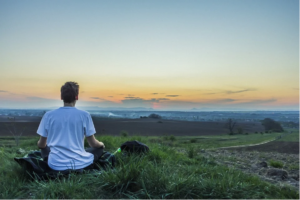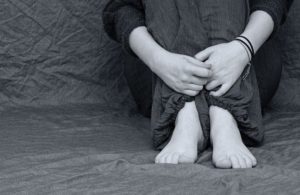Sleep is something we all have in common, so of course, it is something we all think we know something about. However, sleep seems to be a rather mysterious process because every day, scientists and researchers all over the world are learning more and more about it and discovering things we never even dreamed of. Let’s talk about the unknown facts about sleep that you should know!
Unknown Sleep Facts
People are able to take short naps with their eyes open and while standing. Therefore, only a healthcare professional or sleep expert can actually determine whether a person is awake or asleep.

Rapid eye movement, also known as REM sleep, was discovered in the 1950s. This moment was a breakthrough in the field of sleep research. Although there are several stages of sleep, we don’t have to go through them in the same order. For example, we can experience stage 1 (light sleep) and immediately switch to REM sleep, then go to stage 2 and basically just jump back and forth between all the sleep stages. We also experience a sleep stage (like REM sleep) several times during a night.
In the past, scientists believed that we only dream during REM sleep. However, new studies show that people might dream all the time while they are asleep. Another interesting fact is that the dreams we experience during REM sleep are completely different from dreams during other sleep stages. REM sleep dreams are usually vivid and intense.
Even if you can be sure that your dog or cat dreams every night, there is still no proof that animals dream. Since we are talking about animals, elephants can sleep standing up or lying down. When they sleep standing up, they experience a non-REM sleep. During REM sleep, they lie down.
Scientists still do not know why we dream and what the purpose of our dreams is. Some researchers claim that we dream to help consolidate long-term memory. In this case, dreams sort and store experiences and basically clean unnecessary information from our brain.
British scientists have designed glasses that can reset the body’s internal clock by projecting bright light into the eyes. This correct light should imitate the sunrise and completely reset the circadian rhythm. These glasses were used by soldiers and were designed to allow a person to go up to 36 hours without sleep without suffering severe functional deficits.
Your mother probably always told you to make your bed better and keep your room clean. However, a study conducted at Kingston University suggests that sleeping on a messy mattress is actually healthier and can help you sleep better.
The idea is that you trap sweat and moisture when making your bed and create an ideal environment for house dust mites. When you make your bed, it won’t cool down properly either. If you expose the sheets to air and sunlight, the mattress dries out and cools down, creating a slightly comfortable sleeping environment.
At night, sounds not only disturb your sleep, but can also disrupt the functioning of your immune system. Light, like noise, disturbs your sleep. Even the tiny luminous numbers on your alarm clock can make it difficult to fall asleep or cause sleep disturbances.
Quick Sleep Facts in Numbers
- 5 – If you need less than 5 minutes to fall asleep, you are definitely sleep deprived. On average, people need at least 10 to 15 minutes to meet the Sandman. If you fall asleep faster then this indicates that you are overtired.
- 17 – You only need to be awake for 17 hours to experience the symptoms of sleep deprivation. These symptoms are very similar to those of a person with a blood alcohol level of 0.05%.
- 65 – Newborns spend 65% of their sleep in REM sleep.
- 264 – The world record for the longest time without sleep was set by a high school student in 1964 and is 264.4 hours.
- 750 – Studies show that parents lose 400 to 750 hours of sleep in their child’s first year of life.





